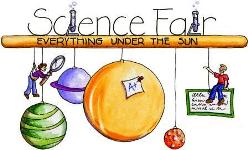





Published on Sep 05, 2023
The objective: The purpose of this experiment was to determine and relate the energy that is released in a combustion reaction for four different types of wood.
A small block of wood was placed on top of a 25.4 cm long bolt that was glued to a 2cm in diameter washer. This allowed the wood to burn under the test-tube, which was set 5 cm from the wood.
The block of wood was then burnt, and the temperature of the water was recorded before the reaction and then again 35seconds after the reaction had taken place.
The temperature change of the water, along with the mass of the wood before and after reaction, allowed the energy of the wood to be calculated.
From the data it was shown that pine wood had the highest average energy at -330.8 Joules/gram, fur wood had the second highest average energy at -117.4 Joules/gram, Redwood had the third highest average energy at -107.7 Joules/gram, and finally cedar had the lowest average energy at -104.2 Joules/gram.
In conclusion it was found that pine wood had the highest amount of energy released in combustion reaction. The purpose of this experiment was to determine and relate the energy that is released in a combustion reaction for four different types of wood.
A piece of wood was placed on top of a 25.4 cm long bolt that was glued to a 2cm in diameter washer. This allowed the wood to burn under the test-tube, which was 5cm away from the block of wood.
The block of wood was then burnt, and the temperature of the water was recorded before the reaction and after 35seconds that the reaction had taken place. The temperature of the water allowed the energy of the wood to be calculated by using to separate equations.
This project is to see how four different types of woods compared to each other in the energy released when they were combusting